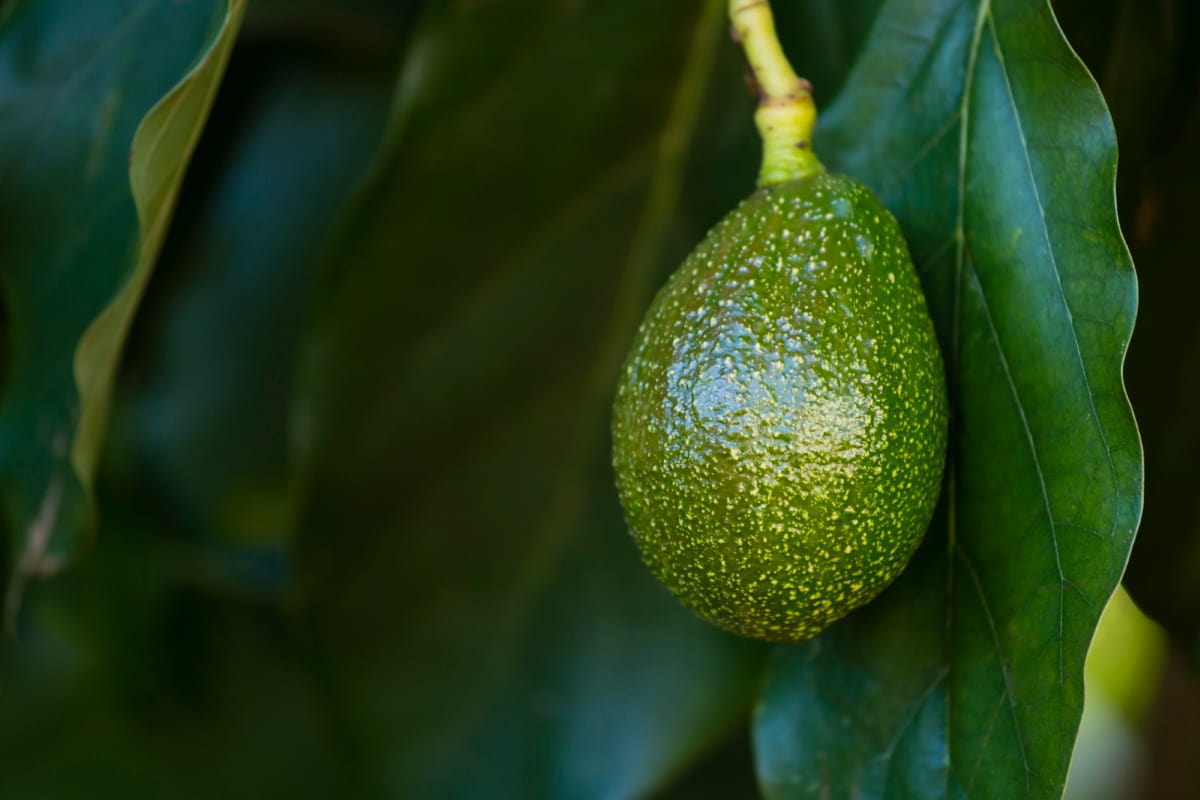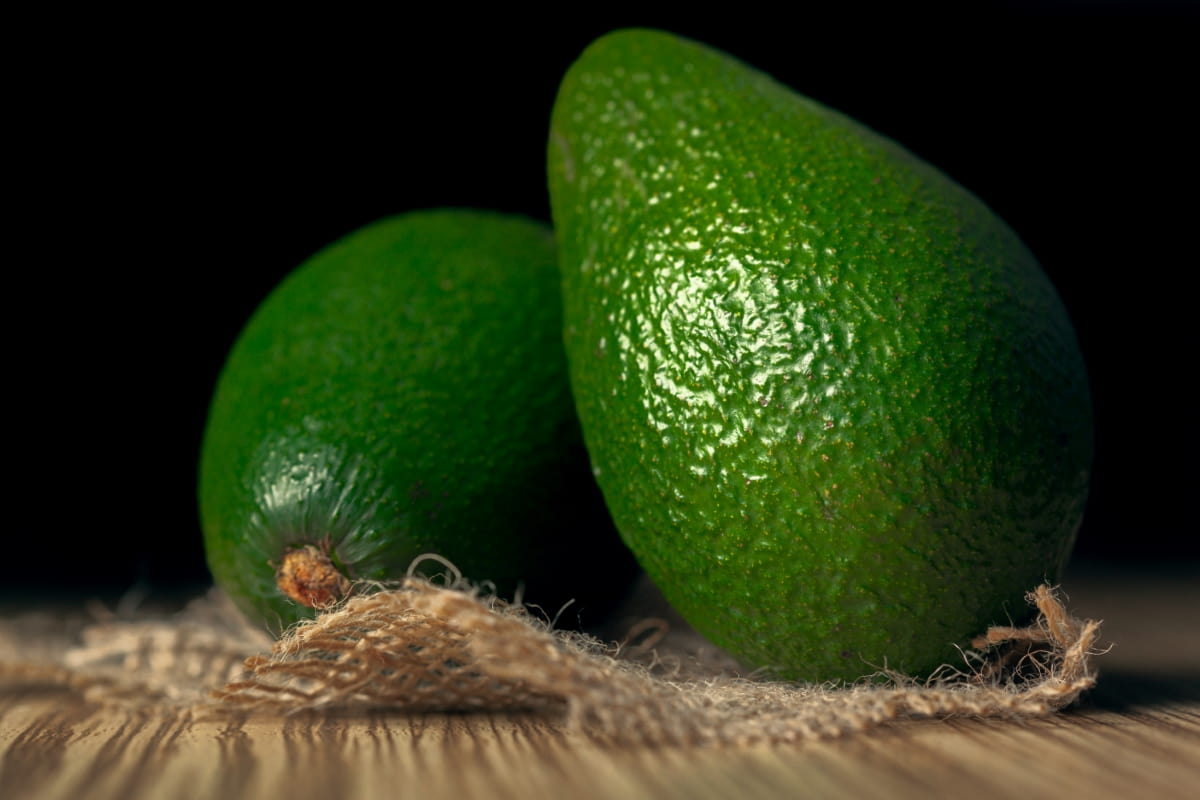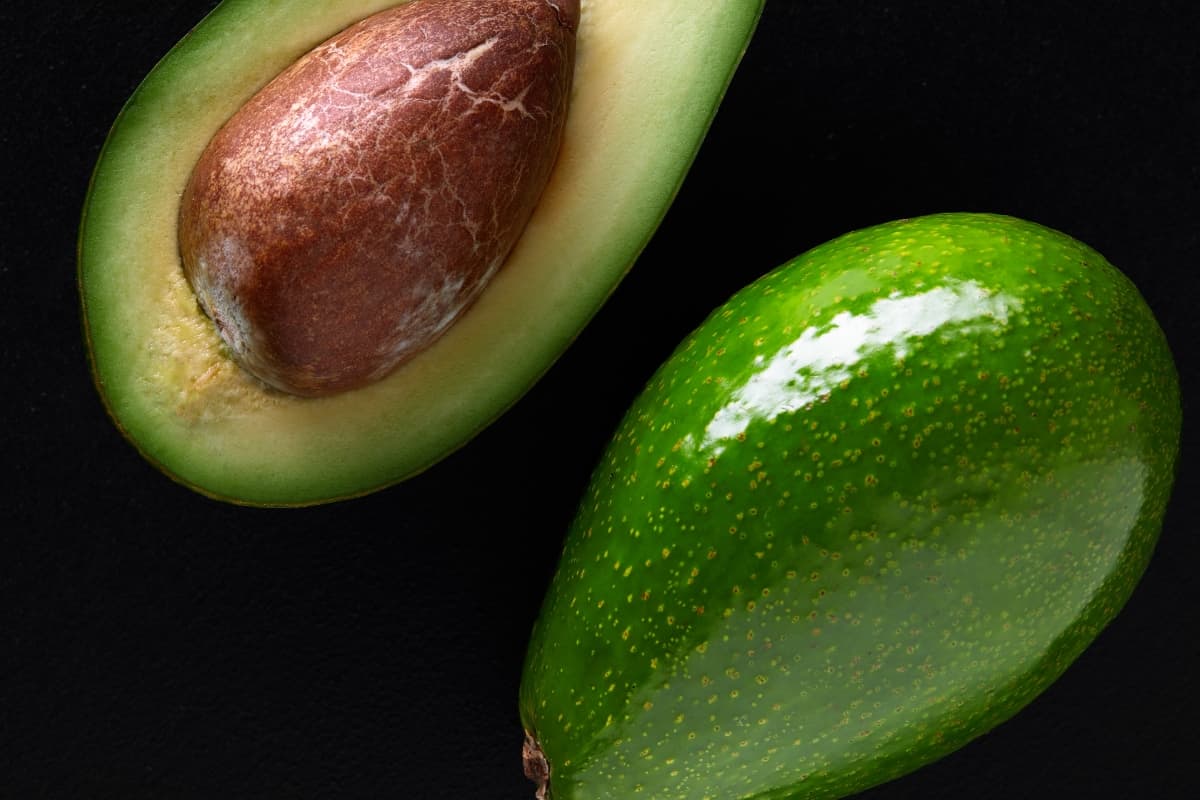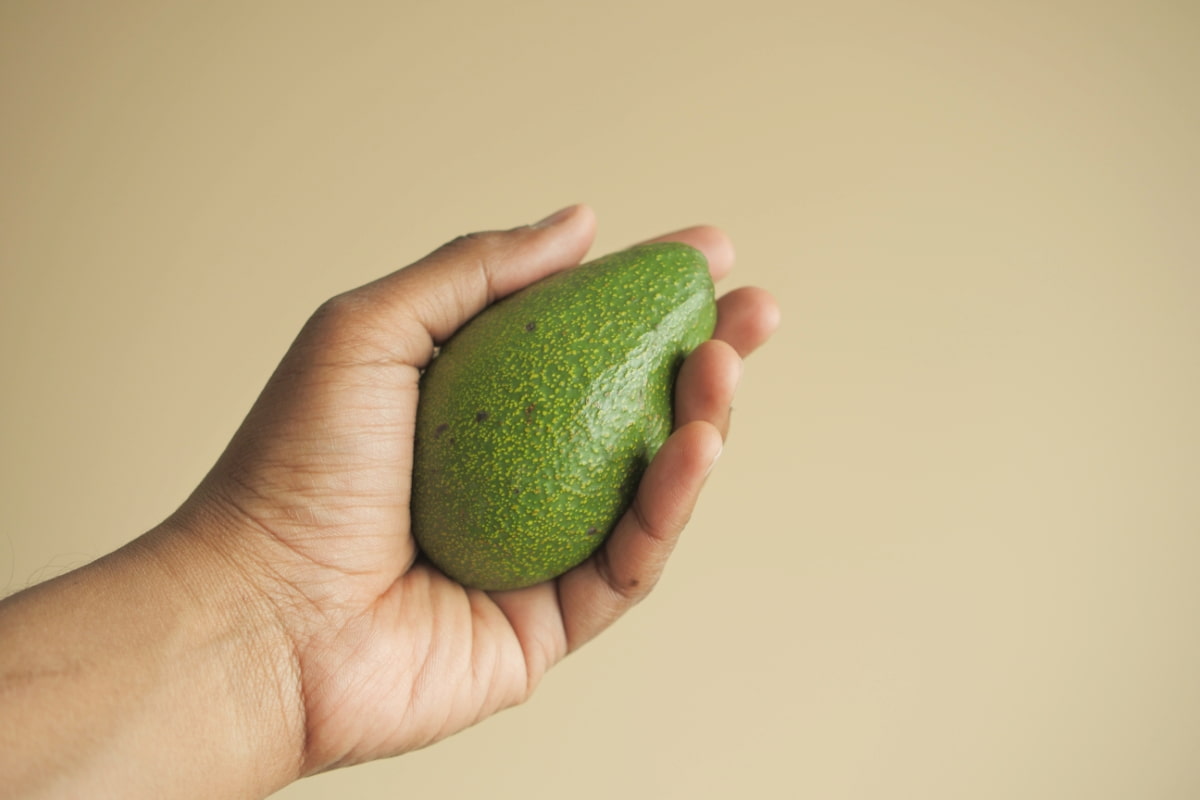Welcome to the Ultimate Guide to Growing Lula Avocado at Home Gardens! Avocado trees are popular for home gardeners, and the Lula variety, known for its creamy texture and rich flavor, is a fantastic option to cultivate. In this Lula avocado planting guide, we’ll explore everything you need to know to grow Lula avocados in your backyard successfully and Lula avocado care.

Growing Lula Avocado
Basic Information About Lula Avocado
| Type | Broad-Leaved Evergreen |
| Lula avocado tree height | 18 – 20 feet |
| Lula avocado taste | Creamy and smooth with a mild, pleasant flavor |
| Lula avocado tree size | Mature Tree Spread, 10 – 12 feet |
| Lula avocado cold tolerance | Upto -4ºC, |
| Hardiness Zone | USDA 9-11 |
| Lula avocado season | November through January |
| Lula avocado price | $40 to $45 per plant |
Choosing the Right Location for Lula Avocado Tree
For Lula avocado growing, first, select the ideal location for your Lula avocado tree for its optimal health and productivity. Ensure it receives ample sunlight, preferably in a spot that gets at least six hours of direct sunlight daily. Avocado trees thrive in warm, subtropical climates, so choose an area that is protected from strong winds and frost. The soil should be well-draining to avoid soggy roots, which can lead to root rot.
Planting Lula Avocado Seeds
- Begin by selecting a fresh, ripe Lula avocado fruit and remove the seed from the flesh. Rinse the seed to remove the remaining fruit residue, being careful without damaging the seed coat.
- Next, insert toothpicks into the sides of the seed, about halfway down, to suspend it horizontally over a glass or jar filled with water. Ensure the bottom of the seed is submerged in water while the top remains dry.
- Place this glass in a warm, sunny location, and change the water every few days to prevent stagnation and mold growth.
- After several weeks, the seed will develop roots, and a stem will emerge from the top. Once the stem grows to 6 inches in length and develops several leaves, it’s ready for planting. Choose a large container filled with well-draining soil, and plant the seedling with the top of the seed just above the soil surface.
Watering Tips for Young Lula Avocado Plants
Watering the young Lula avocado plants for healthy growth. During the initial stages, ensure the soil is consistently moist but not soggy. Water the plant deeply, allowing the water to penetrate the root zone, but avoid frequent shallow watering, which can promote shallow root development. Monitor the moisture level regularly by checking the soil’s moisture content with your finger. If the topsoil is dry, it’s time to water. Don’t let the soil dry completely between waterings, as this stresses the plant.
Best Fertilizers for Lula Avocado Trees
When Lula fertilizing, opt for those specifically formulated for avocado trees or citrus trees, as they contain the essential nutrients these trees require. A fertilizer with an NPK ratio of around 8-3-9 or similar is suitable for Lula avocado trees. Organic fertilizers like compost, aged manure, or fish emulsion are excellent choices for providing slow-release nutrients and improving soil structure.
In case you missed it: The Ultimate Guide to Growing Hass Avocado

Apply fertilizers in the spring and fall, following package instructions for application rates. Also, micronutrients like iron, magnesium, and zinc are crucial for avocado tree health. Look for fertilizers containing these micronutrients, especially if your soil is deficient.
Pruning Techniques for Lula Avocado Tree
- Regularly inspect the tree and promptly remove any dead, damaged, or diseased branches to control the spread of pathogens.
- Thin out crowded branches to promote air circulation and light penetration through the canopy, which promotes fruit production and reduces the fungal disease risks.
- Avocado trees can grow quite tall, so prune to control height if necessary, especially for easier harvesting and maintenance.
- Pruning Lula avocado trees is recommended during the late winter or early spring when they are dormant to minimize stress and promote vigorous regrowth.
Lula Avocado Pollination
Lula avocado trees are type A avocado varieties, which means they have flowers that open as female in the morning and then close, reopening as male in the afternoon of the following day. For successful pollination and fruit set, it’s ideal to have both type A and type B avocado trees in proximity.
Type B avocado trees have the opposite flowering pattern, with female flowers opening in the afternoon and then becoming male the following morning. This complementary flowering behavior facilitates cross-pollination between the trees. When planting Lula avocado trees, it’s advisable also to plant a compatible type B avocado tree nearby to ensure effective pollination. This will increase the chances of a successful fruit set and maximize yield.
Identify and Treat Pests in Lula Avocado Trees
- Avocado Lace Bug (Pseudacysta perseae): These tiny insects feed on leaves, causing yellow speckling and leaf drop. Control infestations with insecticidal soap or horticultural oil.
- Avocado Thrips (Scirtothrips perseae): Thrips damage leaves by feeding on them, resulting in silvery or bronze-colored scars. Prune affected foliage and use neem oil or insecticidal soap to control thrips populations.
- Avocado Brown Mite (Oligonychus punicae): Brown mites suck sap from leaves, causing bronzing and leaf drop. Introduce predatory mites or use miticides to manage brown mite infestations.
- Fruit Borers: Various insects, such as the avocado fruit borer (Stenoma catenifer), may bore into avocado fruit, causing damage and reducing yield. Harvest fruit promptly and dispose of infested fruit properly to minimize damage.
Sunlight Needs for Lula Avocados
Lula avocado trees require ample sunlight to thrive and produce fruit. Ideally, they should be planted in a location that receives full sun, which means at least six to eight hours of direct sunlight per day. Adequate sunlight is essential for photosynthesis, as insufficient sunlight can result in poor growth, reduced flowering, and lower fruit yield.
Winter Care for Lula Avocado Trees
- Shield young or newly planted trees from frost by covering them with frost cloth or blankets during cold nights.
- Apply an organic mulch around the tree’s base to insulate the roots and hold soil moisture.
- Water the tree deeply before a frost event to help insulate the roots and provide some protection against freezing temperatures.
- Avoid pruning during winter to prevent exposing tender new growth to cold temperatures.
When and How to Pick Lula Avocados
Lula avocados are ready for harvest when they turn dark green to nearly black. However, color alone may not indicate ripeness, so it’s essential to use additional methods for confirmation. Gently squeeze the avocado; ripe ones will yield slightly to pressure but not feel mushy. Use pruning shears to separate the fruit from the tree, leaving a short stem attached. Allow harvested avocados to ripen at room temperature, then store in the refrigerator until ready to eat.
In case you missed it: Growing Reed Avocados: A Comprehensive Guide for Home Gardeners

Yield of Lula Avocados per Tree
The yield of Lula avocados per tree can vary based on several factors, including the age and health of the tree, growing conditions, pruning practices, and weather conditions. Generally, a mature and healthy Lula avocado tree can produce anywhere from 100 to 300 avocados per year, although some exceptionally well-managed trees may yield even more.
How to Grow Lula Avocado in Pots
- For growing Lula avocado in pots, choose a pot with a diameter of at least 20 inches (50 cm) and a depth of 24 inches (60 cm) is recommended to accommodate the tree’s root system.
- Fill the pot with a well-draining soil formulated for container gardening.
- Plant the Lula avocado seedling in the center of the pot at the same depth it was previously growing. Gently firm the soil and water thoroughly.
- Keep the soil consistently moist. Water deeply whenever the topsoil feels dry, and ensure excess water can drain freely from the pot.
- Feed the avocado tree with a balanced fertilizer formulated for citrus or avocado trees according to the manufacturer’s instructions during the growing season.
- Regularly prune the avocado tree to maintain its size and shape, removing any dead, damaged, or crowded branches.
In case you missed it: 1-Acre Avocado Farming Project Report: Economics, Profit and Cost Analysis

Conclusion
Growing Lula avocados at home offers a rewarding experience with delicious rewards. By following the steps outlined in this guide, from selecting the right location and planting techniques to proper care, pruning, and harvesting, you can ensure the success of your Lula avocado tree. With patience and dedication, your home garden can yield abundant harvests of creamy, flavorful avocados for years to come.
Note: The images presented in this post are intended solely for representation purposes. The images are meant to serve as visual aids and should not be relied upon as accurate representations of their real-life counterparts.
- Feed Your Flock for Less: Top 10 Tips to Save on Chicken Feed
- Ultimate Guide to Ossabaw Island Hog: Breeding, Raising, Diet, and Care
- Hatching Answers: The Top 10 Reasons Your Chickens Aren’t Laying Eggs
- Eggs and Economics: Breaking Down the Cost of Raising Backyard Chickens
- Defend Your Greens: Proven Methods to Keep Iguanas Out of Your Garden
- Ultimate Guide to Cinnamon Queen Chicken: A Comprehensive Guide for Beginners
- Ultimate Guide to California Tan Chicken: Breeding, Raising, Diet, Egg-Production and Care
- Ultimate Guide to Marsh Daisy Chicken: Breeding, Raising, Diet, and Care
- 10 Types of Chicken Farming Businesses You Can Start for Profits